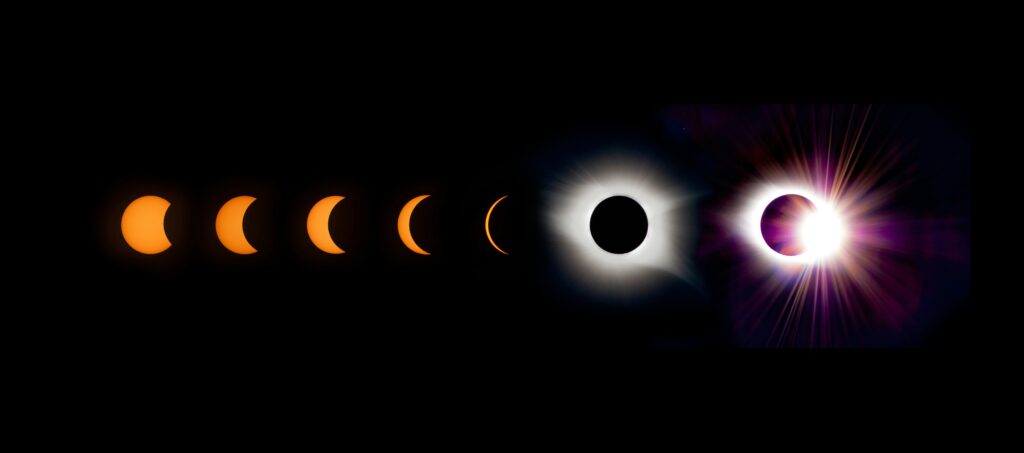Introduction: Earthquake San Franciso
San Franciscans were awakened early Friday morning by a 3.6-magnitude earthquake that struck near the San Francisco Zoo at 7:02 a.m. While minor in scale, this tremor evoked memories of the catastrophic 1906 earthquake, one of the most destructive in history. Both events likely occurred along the San Andreas Fault, a powerful geological force responsible for shaping the Bay Area’s seismic landscape.
Although Friday’s earthquake san francisco caused no reported damage, its proximity to the infamous fault line serves as a reminder of the region’s vulnerability to seismic activity. In this article, we’ll explore the details of the recent earthquake, its historical connections, and what it means for the future of San Francisco.
The Details of Friday’s Earthquake San Francisco

The United States Geological Survey (USGS) reported that the earthquake struck at a depth of 5.2 miles, a typical depth for quakes along the San Andreas Fault. The epicenter was located 3 miles northwest of the San Francisco Zoo, a region known for seismic activity.
Several aftershocks followed the initial quake, the largest of which measured 2.9 in magnitude at 10:48 a.m. Earlier aftershocks included tremors of 2.2 and 2.5 magnitudes. Fortunately, there were no reports of injuries or structural damage, and local institutions like San Francisco State University and the San Francisco Zoo confirmed that their facilities were unaffected.
Connections to the 1906 Earthquake San Francisco
The 1906 earthquake, with a magnitude of 7.9, devastated San Francisco, causing widespread destruction and fires that consumed much of the city. Friday’s quake, although far less severe, occurred near the same coordinates as its infamous predecessor.
USGS experts, including geophysicists Sarah Minson and Robert Skoumal, note that while it’s impossible to confirm if the two quakes share the exact epicenter due to advancements in seismic measurement, the similarities are striking. The 1906 event ruptured a significant portion of the San Andreas Fault, stretching from San Juan Bautista to Cape Mendocino, making it one of the largest earthquakes ever recorded.
Friday’s quake, in contrast, was a small reminder of the power that lies beneath the Bay Area.
Understanding Aftershocks and Risks
Aftershocks are smaller earthquakes that follow a larger seismic event, occurring as the Earth adjusts to the fault’s initial movement. Friday’s aftershocks were minor and typical of seismic activity in this area.
Despite concerns, seismologists emphasize that small earthquakes like this are unlikely to trigger a major event. However, they do remind us of the ever-present risk of living near the San Andreas Fault. According to the USGS, there’s a 22% chance of a magnitude 6.7 or greater earthquake striking the San Andreas Fault by 2043.
Repeating Earthquake San Francisco: Are They Predictable?

Repeating earthquakes, or seismic events that occur in nearly the same location, are rare but not impossible. While Friday’s quake was not a repeat of the 1906 earthquake, it raises awareness of the geological forces at play beneath San Francisco.
Seismologists note that repeating earthquakes are usually small and occur in only a few locations worldwide. The recent tremor was a typical fault movement, rather than part of a consistent seismic pattern.
Earthquake Preparedness: A Timely Reminder
Mayor Daniel Lurie reassured residents in his statement, emphasizing San Francisco’s readiness for earthquakes. He urged the community to review their preparedness plans and stay vigilant. The San Francisco Department of Emergency Management recommends the following steps:
- Assemble an Emergency Kit: Include food, water, first aid supplies, and other essentials for at least 72 hours.
- Create a Family Communication Plan: Establish ways to stay in touch with loved ones in case of separation.
- Identify Safe Spaces: Locate sturdy furniture or doorways where you can seek shelter during a quake.
Major Earthquake San Francisco History
1. 1868 Hayward Fault Earthquake
- Magnitude 6.8 – 7.0
- center Hayward, East Bay
- Impact Known as the” Great San Francisco Earthquake” before 1906, this earthquake caused expansive damage across the Bay Area, including San Francisco. It served as an early warning of the region’s seismic vulnerability.
2. 1906 Earthquake San Francisco
- Magnitude 7.9
- Epicenter Near San Francisco
- Impact: The most ruinous earthquake San Francisco history. It ruptured 296 long hauls of the San Andreas Fault, destroyed over 80 of the megacity, and caused fires that burned for days. Over 3,000 people failed, and further than 225,000 were left homeless.
3. 1957 Daly City Earthquake
- Magnitude 5.7
- Epicenter Daly City, south of San Francisco
- Impact Though not as destructive as the 1906 earthquake, it caused significant structural damage to structures and roadways in San Francisco and the Peninsula.
4. 1989 Loma Prieta Earthquake
- Magnitude 6.9
- Epicenter Near Santa Cruz, about 60 long hauls south of San Francisco
- Impact Known as the” World Series Earthquake,” it struck during Game 3 of the World Series between the titans and the A’s.The earthquake caused expansive damage to the Bay Bridge, collapsed sections of highways, and redounded in 63 deaths and over$ 6 billion in damages.
5. 2014 South Napa Earthquake
- Magnitude 6.0
- Epicenter American Canyon, near Napa Valley
- Impact While centered north of San Francisco, it caused shaking felt throughout the Bay Area.Damage to aged structures and structure served as a memorial of ongoing seismic pitfalls.
Conclusion: Lessons from the Fault Line
The 3.6-magnitude earthquake San Francisco is a minor event compared to the devastating 1906 earthquake, but it serves as a powerful reminder of the region’s seismic risks. Living in proximity to the San Andreas Fault demands vigilance, preparation, and awareness.
While experts assure us that Friday’s quake does not signal an imminent “Big One,” the event highlights the need to stay prepared. For now, the tremor is another chapter in San Francisco’s ongoing story of resilience and adaptation to life along one of the world’s most active fault lines.
With a 72% chance of a magnitude 6.7 or greater earthquake hitting the Bay Area by 2043, San Francisco’s history of earthquakes underscores the need for vigilance and preparation.

